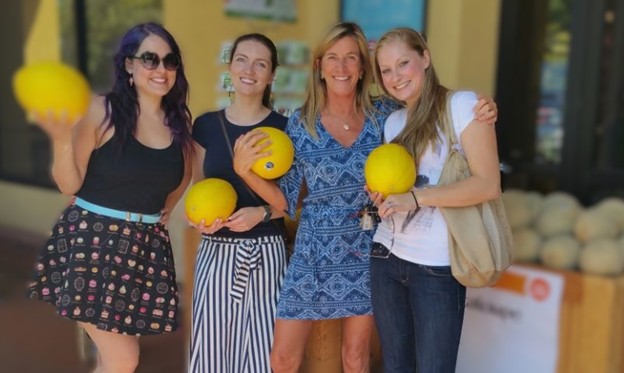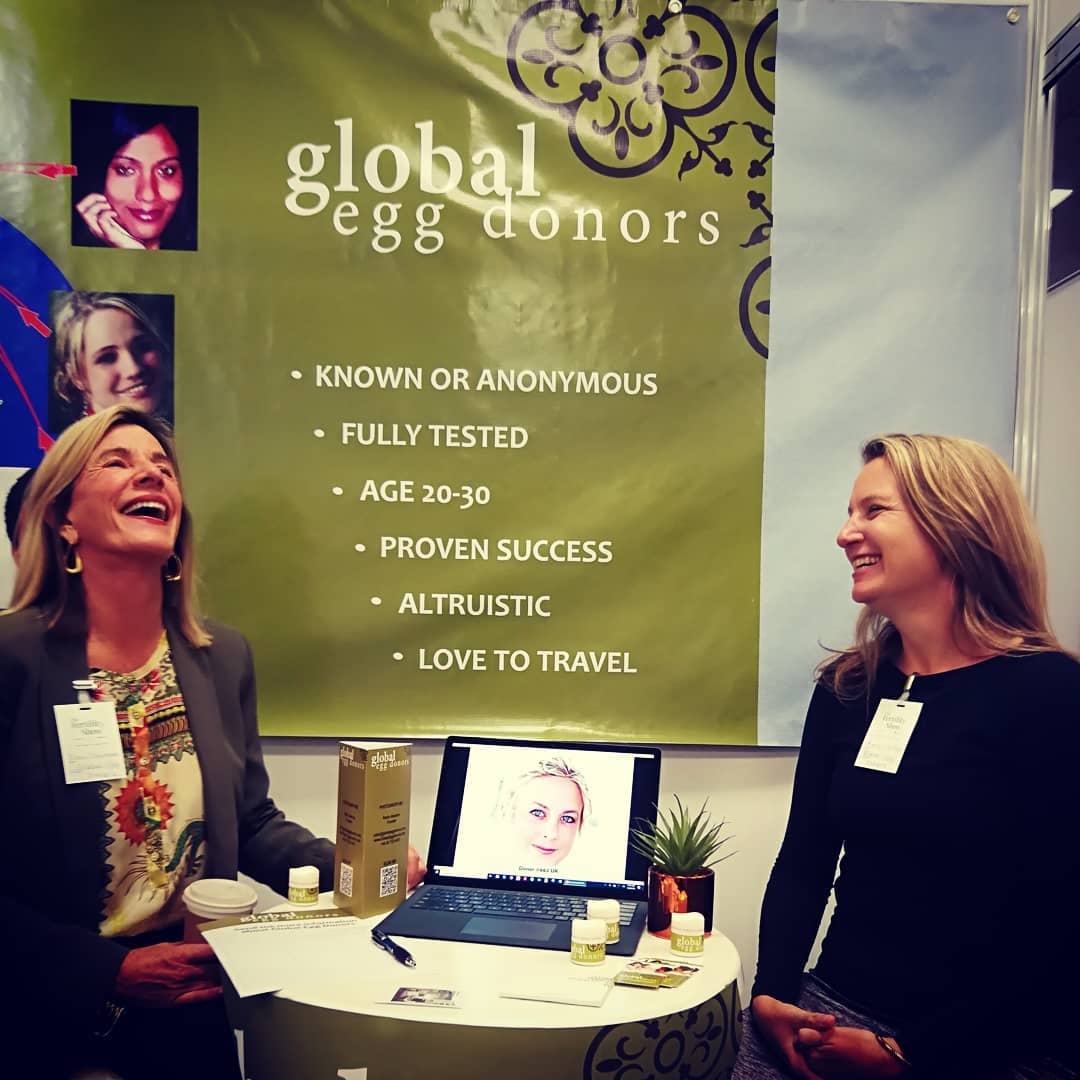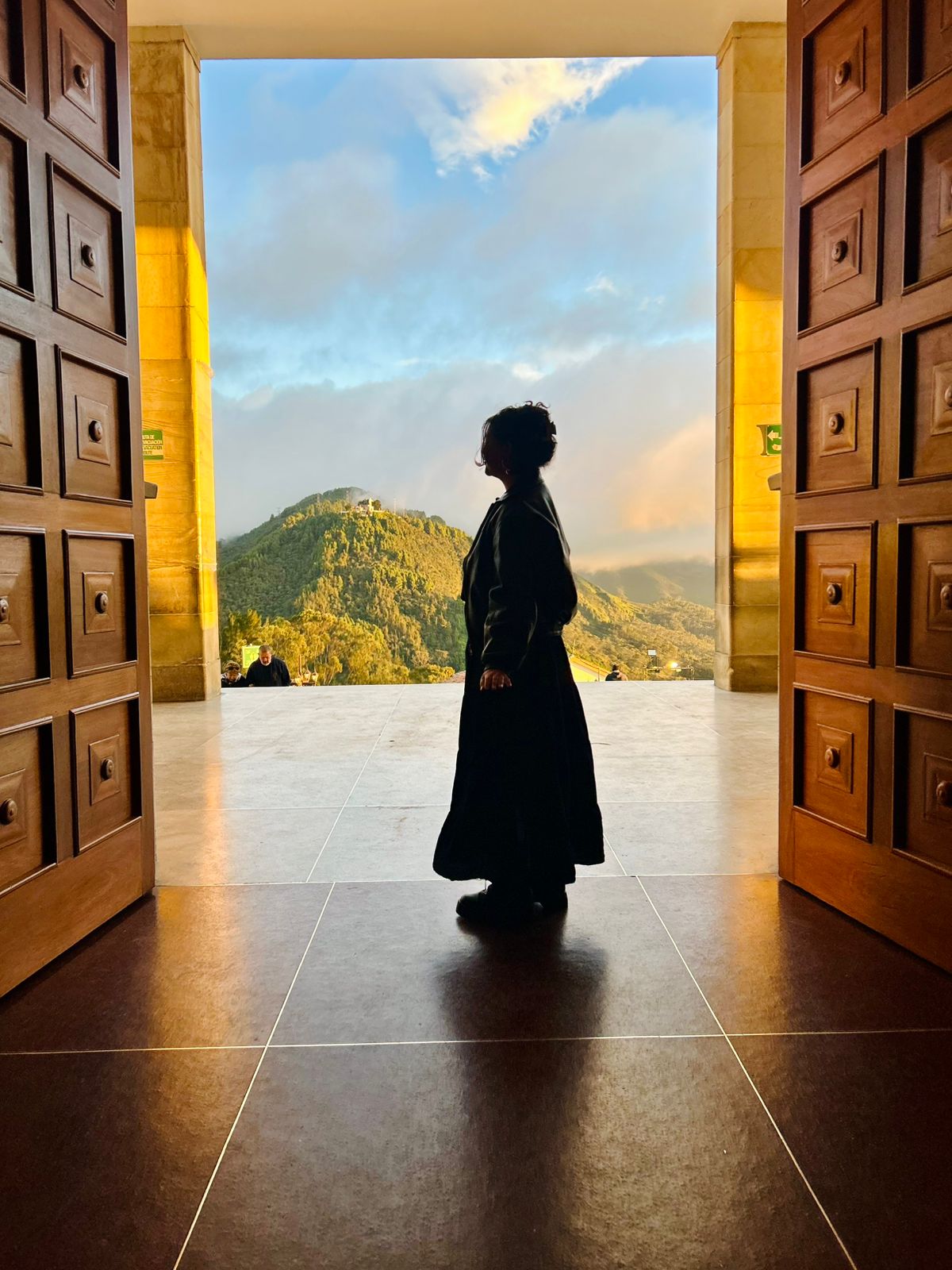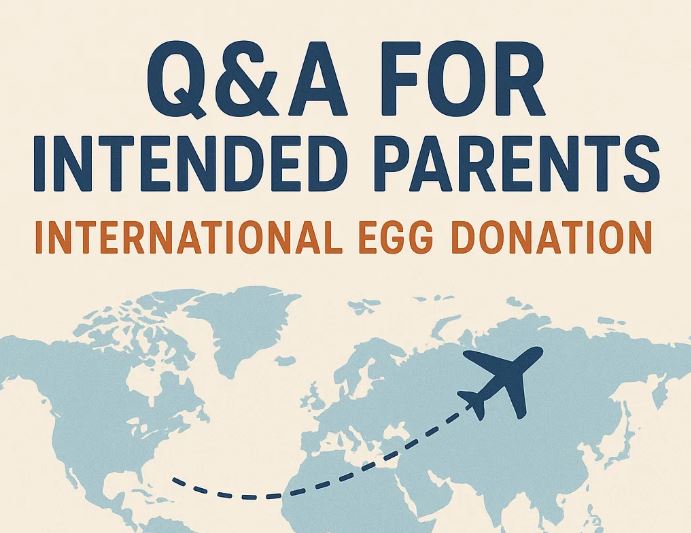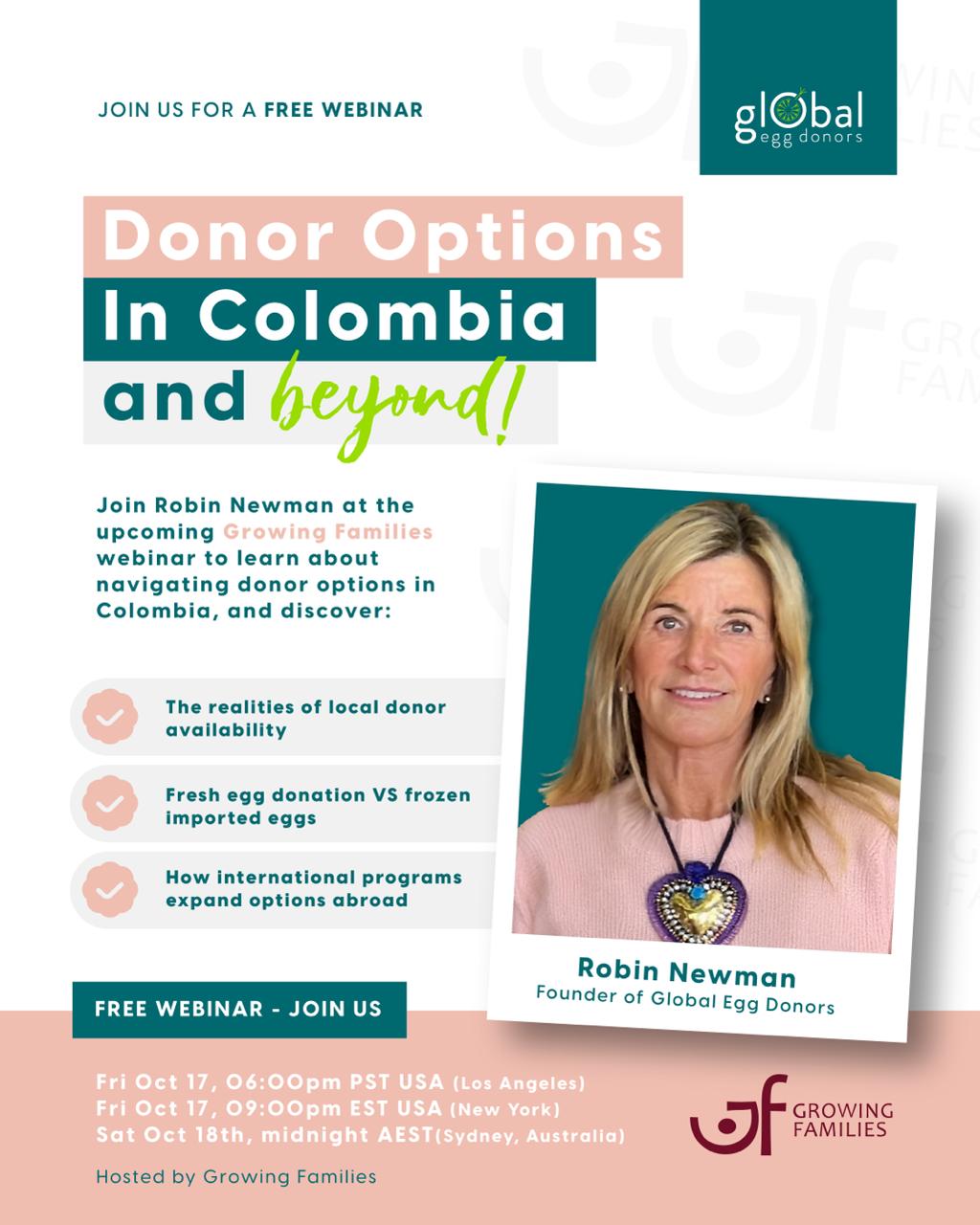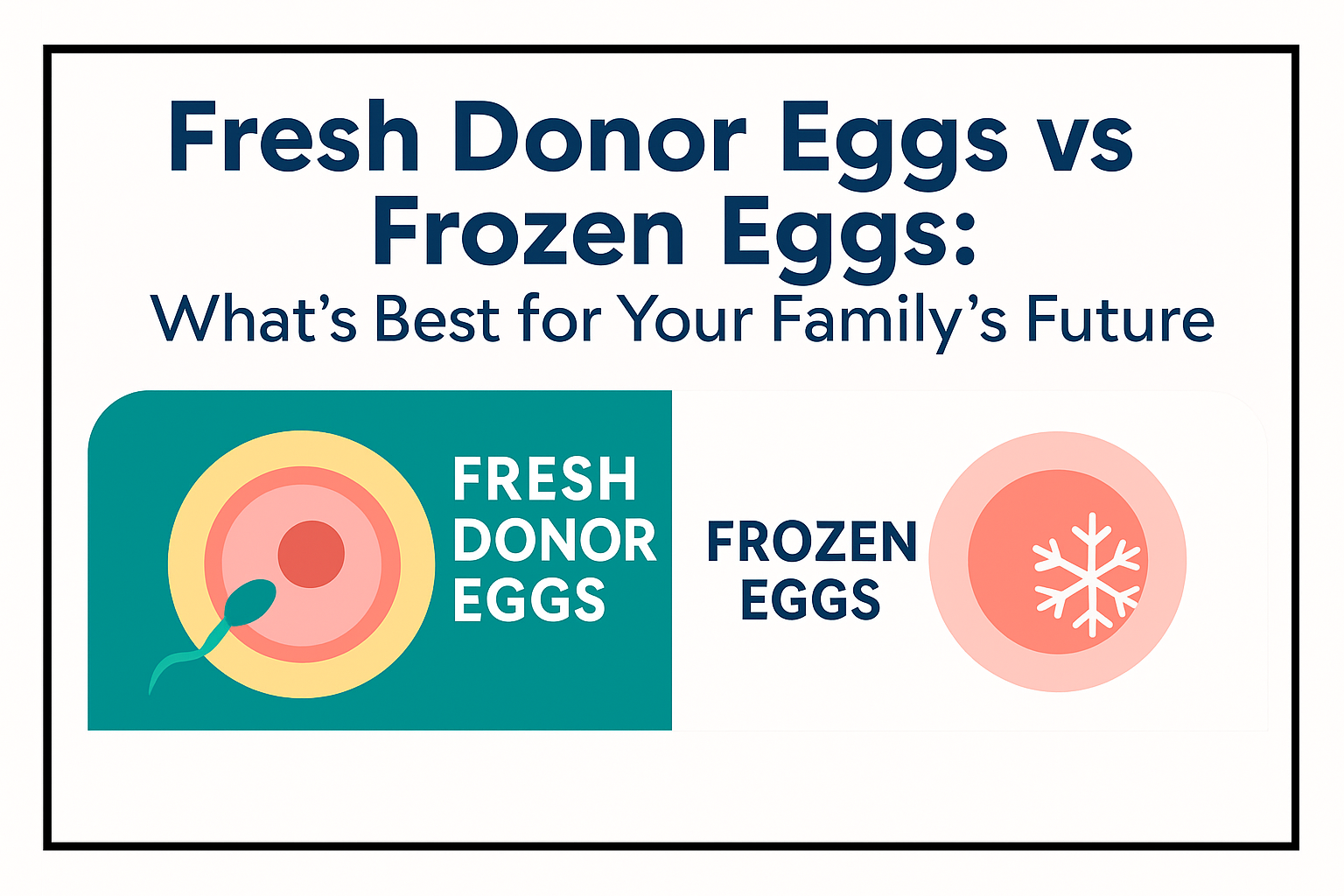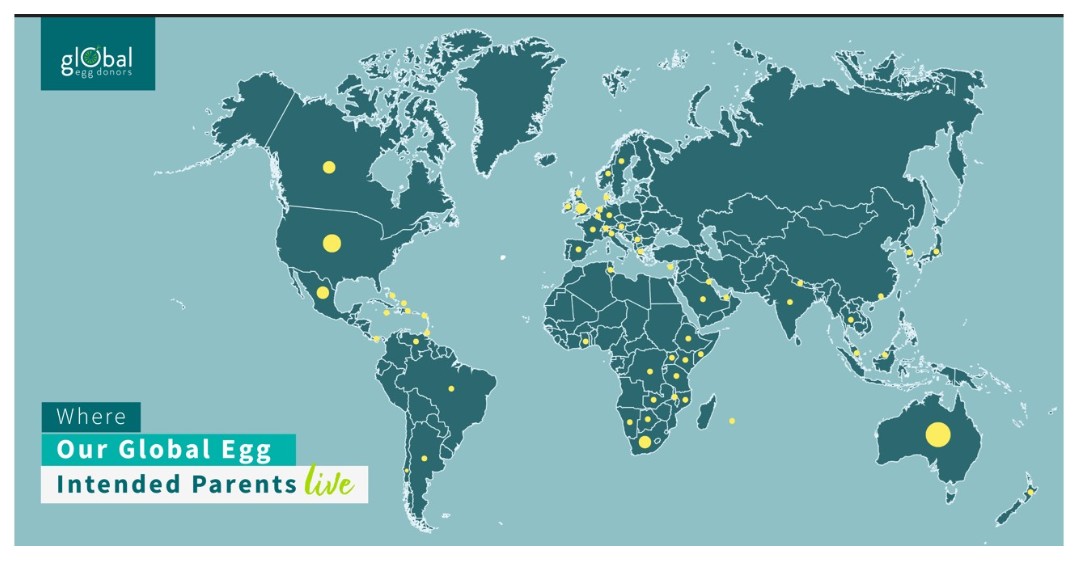How to tell?
Many babies have been born in the past 17 years that Global Egg Donors (GED) has been operating. Some have now reached their teens and are well aware of their birth story, learning about their parents’ journey along the way.
For me, in my role as intended parent support for GED, I have to answer my own children’s questions about my work. This can get tricky to explain especially when they are learning about professions at school. Dad’s job is easy; he is a carpenter. Very straight forward.
Me… not so easy to explain and not straight forward.
‘Mom writes emails on the computer’ doesn’t satisfy their natural curiosity anymore.
‘Mom helps other woman to have babies’ only encourages more questions!
How to explain?
How do I explain to them what I do when I am working and how it all works? It is difficult enough explaining to the Intended Parents.
My first attempt was a complete failure.
The following is a snippet of my conversation with my 8 year old son Tristan -
Me: To make a baby you need an egg and the egg needs to be fertilized by semen to make a baby.
Tristan: How do the man at sea fertilize the eggs, what does that even mean?
Me: The egg is inside the woman’s tummy and the boy has the semen. When… (Tristan interrupts)
Tristan: I don’t have sea men.
Me: Semen is the seed that fertilized the woman’s egg. Not a man at sea. No pirates are involved in this. You will have semen too when you get older. Man have semen in their ball sacks. You can also call it sperm and when the egg and the sperm come together, a baby can grow.
Tristan: Your work is disgusting.
Me: No, that’s not disgusting. It’s beautiful and it’s nature.
Tristan: Ewww Mom
Me: I mean nature is beautiful and so is science and my work, because I help woman to have babies and babies are beautiful. Some woman don’t have healthy eggs and can’t have babies. They need help.
Sometimes nature needs a little help.
Tristan: How do you help them then?
Me: There are some wonderful woman in the world who are willing to give their eggs to the woman who don’t have any, so they can have children too.
Tristan: Mmm… okay. How do you do that on a computer. It doesn’t make sense. Anyways, I’m going to play Legos now.
Me: OK.
I am sure this conversation will soon be continued as more questions will arise.
And I hope that I am better prepared and have answers ready next time.
Even though you will probable have many years to think about how you are going to tell your child about their beginnings, these documents below might help to prepare you for the many questions that are to come.
The documents are written by Olivia Montuschi and distribiuted by the Donor Conception Network in the UK. Click on the lnks to open the PDFs.


